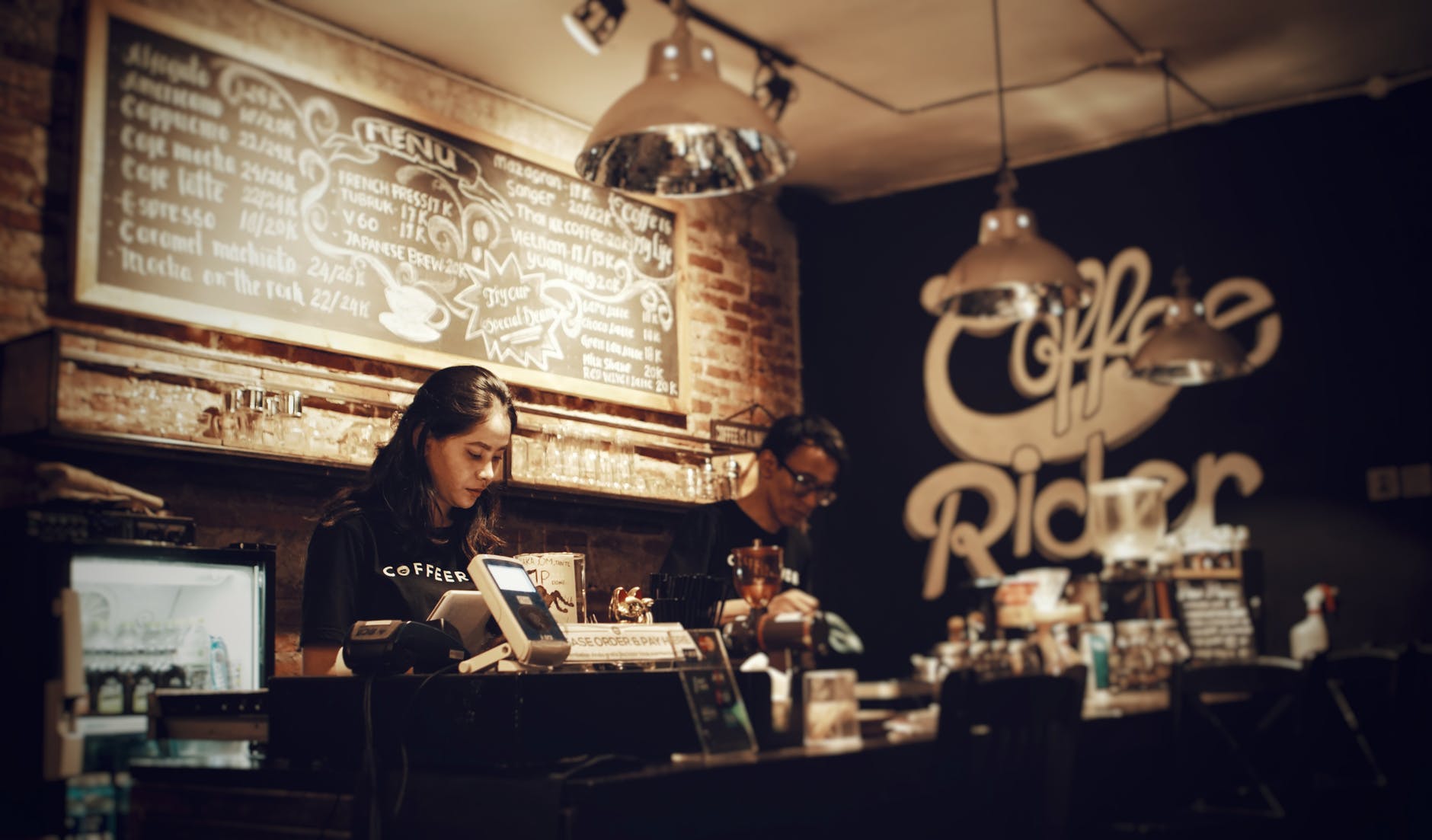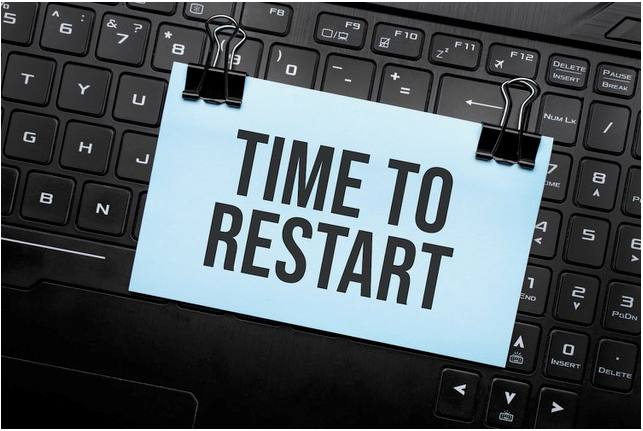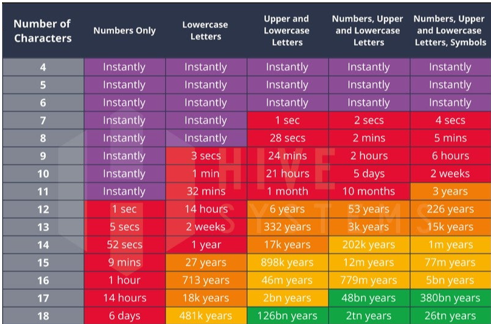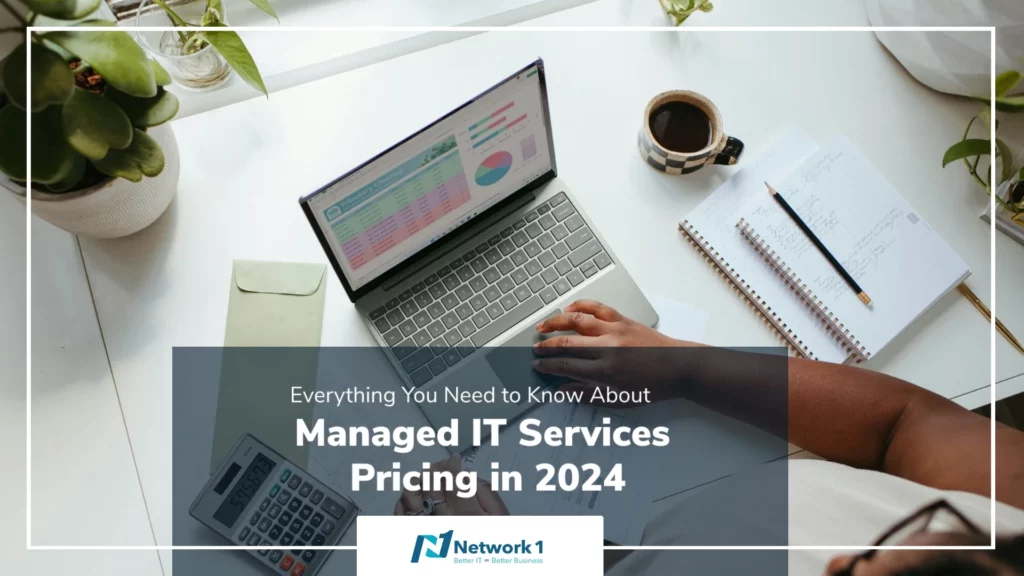By David Gracey
With the introduction of swiveling iPad payment systems at our favorite fast service restaurants and coffee shops over the past few years, I began to feel growing pressure to tip. The worker I am tipping is often standing right in front of me at the cash register. Does he see how much I tipped? Is he judging me if I don’t tip enough?
Unlike the innocuous tip jar for cash, I felt like a spotlight was on me as I quickly had to choose the tip amount. As a hard-wired rule follower, I typically tipped the middle amount which was 20% in most cases. (By the way, when did 20% become the new norm just because the restaurant industry said so? Yes, I get that restaurant workers do not make enough to support a family but is tipping really the answer? That’s a topic for another day.)

While on a recent visit to my favorite coffee shop*, in addition to my normal cup of drip coffee, I picked up two bags of whole beans to take back to Atlanta with me. Each bag was $18 (yes, it is very good coffee), so my order came to about $40. When the cashier spun the iPad around for me to sign, I was faced with three different amounts for tips: $6, $8 or $10. Mind you, I had gotten the beans off the shelf. I located the “Custom Tip” button and added a $2 tip for my $5 coffee (yes, that’s 40%). But I still wondered if the worker thought less of me. Clicking “No Tip” feels rude when the worker is standing right in front of me.
The pressure I felt about this transaction got me wondering if other people were feeling the same way. A Google search had an answer instantly: there is a very robust debate about the new tipping approach. Apparently, there are strong opinions on both sides of this debate but most voices are heavily weighted against this new ‘aggressive’ tipping technique.
A 2015 article in the New York Times wrote that “tip creep” is making its way into our daily system of transactions. It is no longer unusual to leave a $1 tip on a $3 cup of coffee because technology makes it easy for us to do so. Gone are the days when the only people you tipped were the hotel concierge, or seated restaurant workers. Now just about everyone you interact with gets a tip thanks to the new cashless systems.
USA Today published an article in April 2018 asking if ‘Guilt Tipping’ had gone too far and etiquette on when to say no. “Customers shouldn’t feel obligated to tip at grab-and-go places that are nearly all or entirely self-service. It’s also OK to forgo the tip at most fast-casual places like bakeries or ice cream shops that pay their workers at least minimum wage.” The article also notes “the decision to include a ‘tipping prompt’ rests solely on the merchants.”
The Wall Street Journal’s Jennifer Levitz wrote a great piece in October 2018 titled “You Want 20% for Handing Me a Muffin? The Awkward Etiquette of iPad Tipping.” Ms. Levitz writes about the ridiculousness of tipping someone for simply ringing up an order but also mentions how cashiers feel awkward for standing right there when you complete the tip form. Some cashiers look away to give the customer a better sense of privacy when making the tip decision. “We feel like we are pushing you to give tips” says one worker.
The European tipping model might work better. They have addressed the problem by raising the wages of restaurant workers and have a ‘no tipping’ policy. The tip is built into the price of the food. The upside to this approach is workers get a higher salary and don’t have to worry as much about earning tips on a slow day in order to earn a living. There have been a few restaurants in the United States that have tried this approach with mixed results. Some are struggling, others have switched back to the tipping model. American consumers are simply used to tipping for good service. Washington, D.C. has a ballot initiative that would increase hourly wages for all workers to $15 and eliminate tipping.

Tip dollars overall have increased significantly but so have the negative feelings about it. Interestingly, in February 2018, data provided by Square indicated California was the stingiest tipping state, averaging under 15% per purchase, and Alaska was the most generous tipping state, averaging over 18%. Georgia was in the middle at 16%.
Restaurant workers should make more money but I shouldn’t feel obligated to tip someone for handing me a muffin. iPad payment systems have increased tipping dollars but have also increased customers’ sense of guilt and frustration. There has to be a better way.
*When in California, you are doing yourself a disservice if you do not visit Philz Coffee.







I agree.